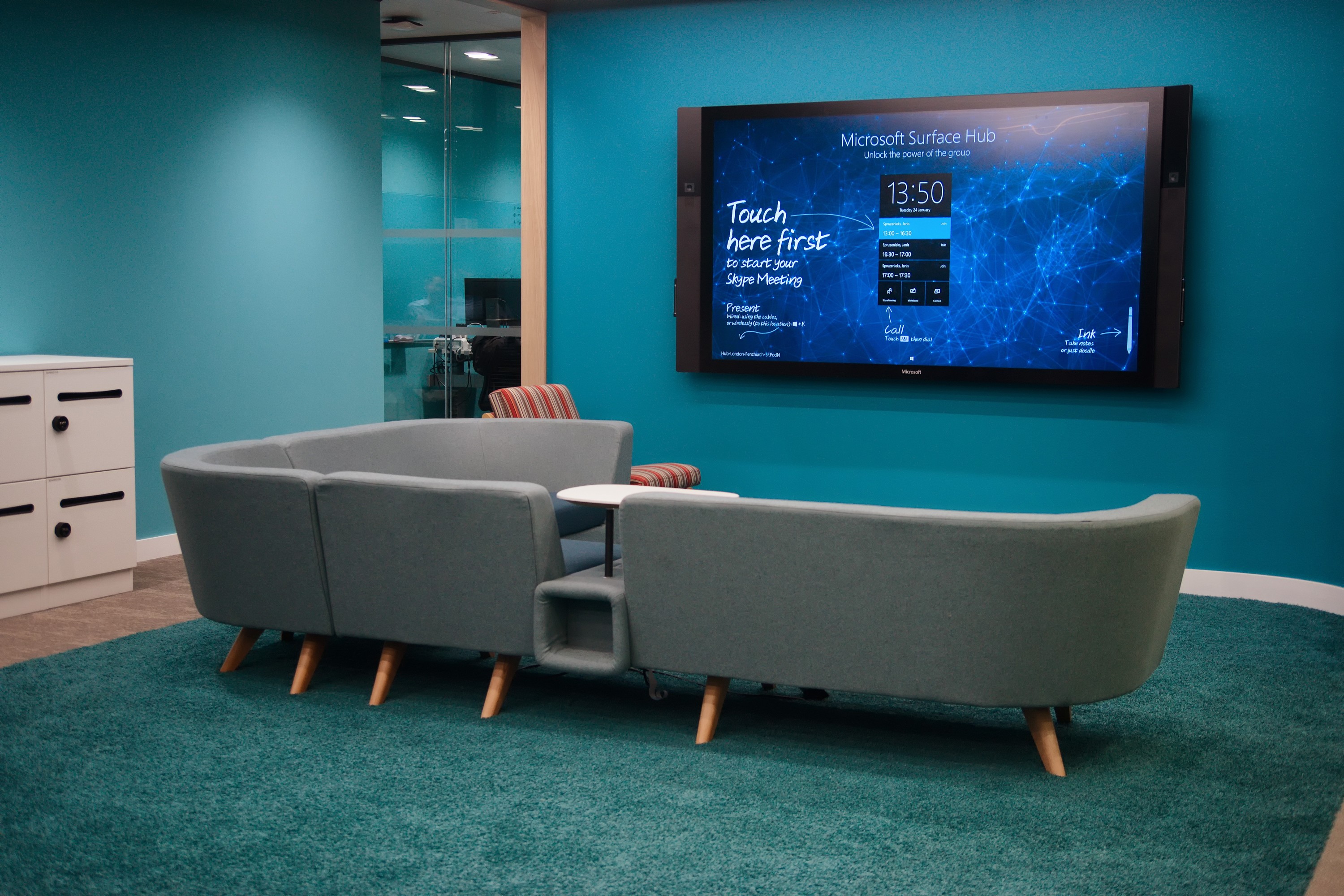
Previously we outlined how the digital transformation became a reality, followed by a look at the importance of the cloud in enabling it to happen. Ian McMurray concludes by revealing that small businesses may have the edge over larger competitors in the adoption of a digital workplace, but barriers to broader implementation remain.
“If anything, the digital workspace is more accessible to small and medium businesses than to the big-time players in the business arena,” claims Drew Dooler, managing director and founder, UXG – formerly Unicam Digital Group. “Many larger companies have IT systems that have existed for years, built on a principle and design that is now evidentially and quite obviously becoming outdated. For them to change their processes, to change systems and hardware, train staff and roll it out – it’s a huge undertaking for their IT teams. Many of these teams may not have the budget or the resources, and many may be run on a ‘don’t fix what ain’t broke’ basis.”
Birgit Jackson, commercial director, visual solutions at Sharp Europe sees things similarly. “Often, a smaller business can be more agile and adopt new technologies more easily,” she believes. “It’s easier to get sign-off for a refit of one meeting room than 100. Smaller businesses can use this as an advantage over larger competitors. The digital workplace means that smaller businesses are easily and quickly connected to their stakeholders and customers, which increases their business opportunities. In terms of recruiting and retaining talent, it’s important too; we know that nearly one in five UK workers said they would stop looking for another job if their office had better technology.”
Her last point resonates with Anne Marie Ginn, senior category manager at Logitech Video Collaboration. “Deploying and offering the correct tools and technologies can prove pivotal in talent acquisition and retention for businesses of all sizes,” she says. “Ambitious workers will always seek to use the most sophisticated and efficient workplace technologies.”
And if it’s good news for the integrator community that the market is almost limitless in terms of the profile of companies that can not only benefit from implementing, but also relatively easily afford, digital workplace technologies – the even better news is that plenty have yet to do so.
Hurdles to overcome
“The tools are there, but the implementation isn’t yet,” points out Jackson. “In our research with European office workers, we found that 40% of office workers think the technology in their office makes it difficult to share information with colleagues. There is still work to do in selling the benefits of collaborative technologies to businesses, to make it obvious what the ROI is. There are hurdles to overcome because some of the earlier versions of these technologies didn’t always provide the best experience. There is research that many IWB were purchased but not used because they provided a disappointing experience – and people went back to flipcharts.”
This raises the question of whether the digital workplace has arrived – and whether it’s a destination, or a journey. Much as with the significance of the cloud, the industry is no less aligned around the answer. “We’re in the relatively early days of the digital workplace,” affirms Neil Marshall, client solutions director at Dell EMEA, “and only time will tell how the journey goes from here.”
“We’ve reached a new point in the journey,” believes Michael Helmbrecht, chief product and operations officer at Lifesize, “but technology always marches forward and therefore the journey never ends. There will always be more we can do for customers and new ways we can serve them. That means more opportunity for all of us to renew and grow our businesses.”
“We’re on a journey, and we’re just seeing the first elements come to the digital workplace,” maintains Lieven Bertier, global marketing manager for collaboration and meeting experience base at Barco. “Huddle rooms are a key element in driving the change, but with ambient intelligence and immersive technologies looming on the horizon, it’s clear the journey is far from completed.”
“I don’t think we’ll ever reach the destination – and that’s not a bad thing,” smiles Dooler. “We now have a foundation of technology and a desire to build a digital workplace that can be a reality. All businesses should have that target – but it will always evolve and constantly change.”
The notion that the digital workplace is truly a journey is perhaps best illustrated by the fact that it is one we embarked on two decades or more ago.
“Really, digital transformation in the workplace has been happening for at least the last 20 years, since email started to replace the letter,” says Jackson, “so perhaps a digital workplace is just a workplace.”
Agility supported by technology
Michele Durban, marketing director at Starleaf summarises where we are. “For many years, we’ve mused over the idea of business agility,” she says. “Moving business users and CIOs away from the idea that everything must be fixed, on-premise and managed all within four walls started a few years back. Today, companies see being agile as an absolute requirement – and the agile company wants an agile workforce. For the first time, we’re comfortable that this can be supported by technology, freeing people from the office, allowing them to be globally mobile, work from home, be on site – but always have access to their virtual desktop, communications and productivity apps. Importantly, all of this technology is available like running water – delivered via the cloud and mostly on a subscription basis.”
Back when ENIAC was alive, work was about serried rows of copy typists, of telephone exchange operators, of clerks at their desks – of routine, and of hierarchical management structures. Digital technology has changed all that, utterly transforming the world of work to one of immense freedom and flexibility in which collaboration is creating commitment, engagement, enjoyment – and, yes, positive business results. We may not know where we’re going – but we believe it will be a better place than we’re in today. And it all started with ENIAC.
Case study: AVMI helps make meetings more efficient
A worldwide consultancy with over 380,000 employees turned to integrator AVMI to deploy over 50 Microsoft Surface Hubs throughout its offices across the UK and Ireland. The consultancy had already adopted a Digital Transformation Agenda, which it has been rolling out across its global infrastructure to cater for the demands of an increasingly younger, more digitally aware workforce – in fact, two-thirds of its workforce are under the age of 35. As a result, the company says it saw rapid adoption due to the reduced complexity of the all-in-one solution; increased usage of workspaces that were digitally equipped; and improved meeting efficiency through the elimination of set-up delays.
www.avmi.com
www.barco.com
www.dell.eu
www.lifesize.com
www.logitech.com
www.sharp.eu
www.starleaf.com
www.uxglobal.co.uk







